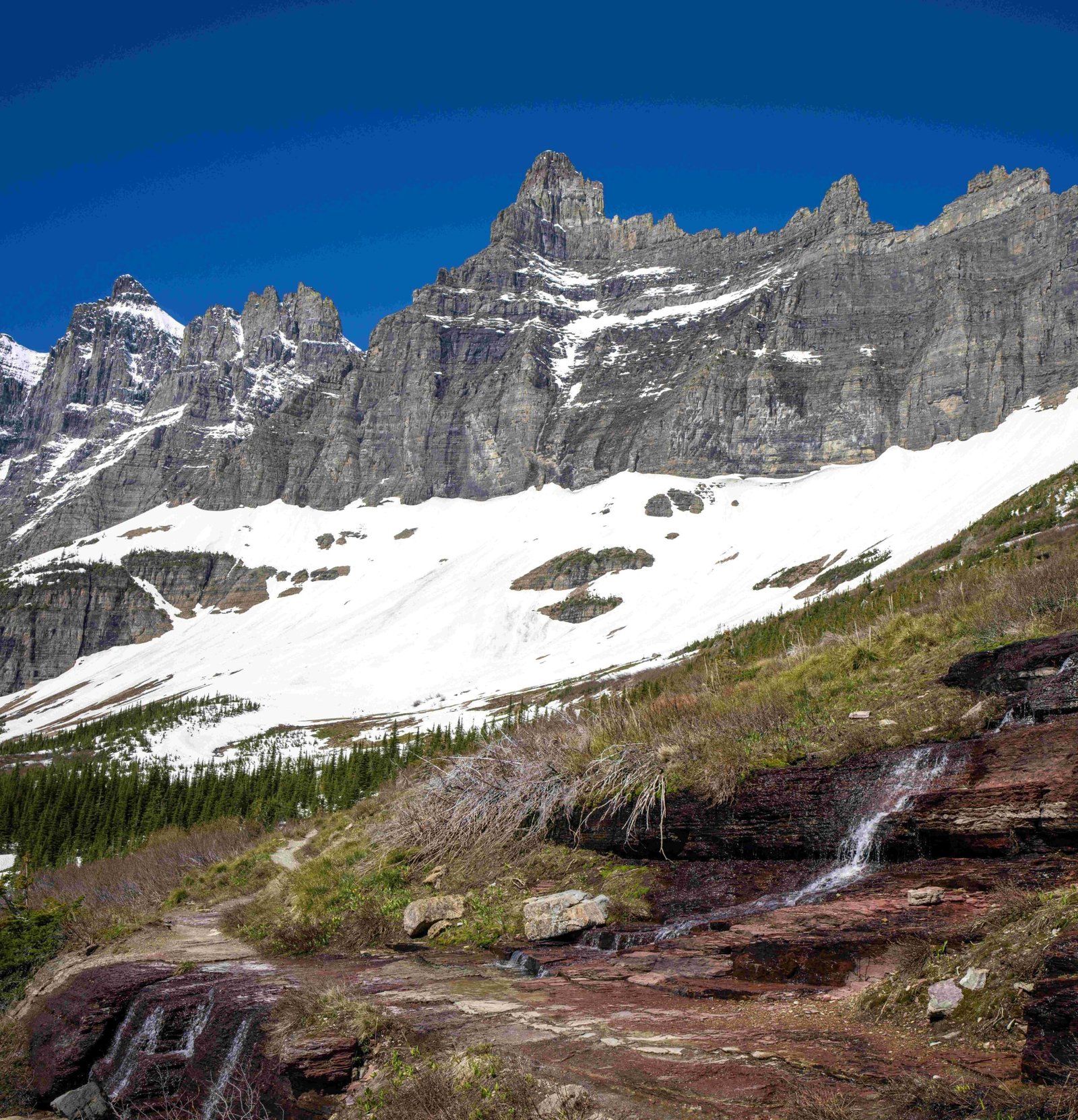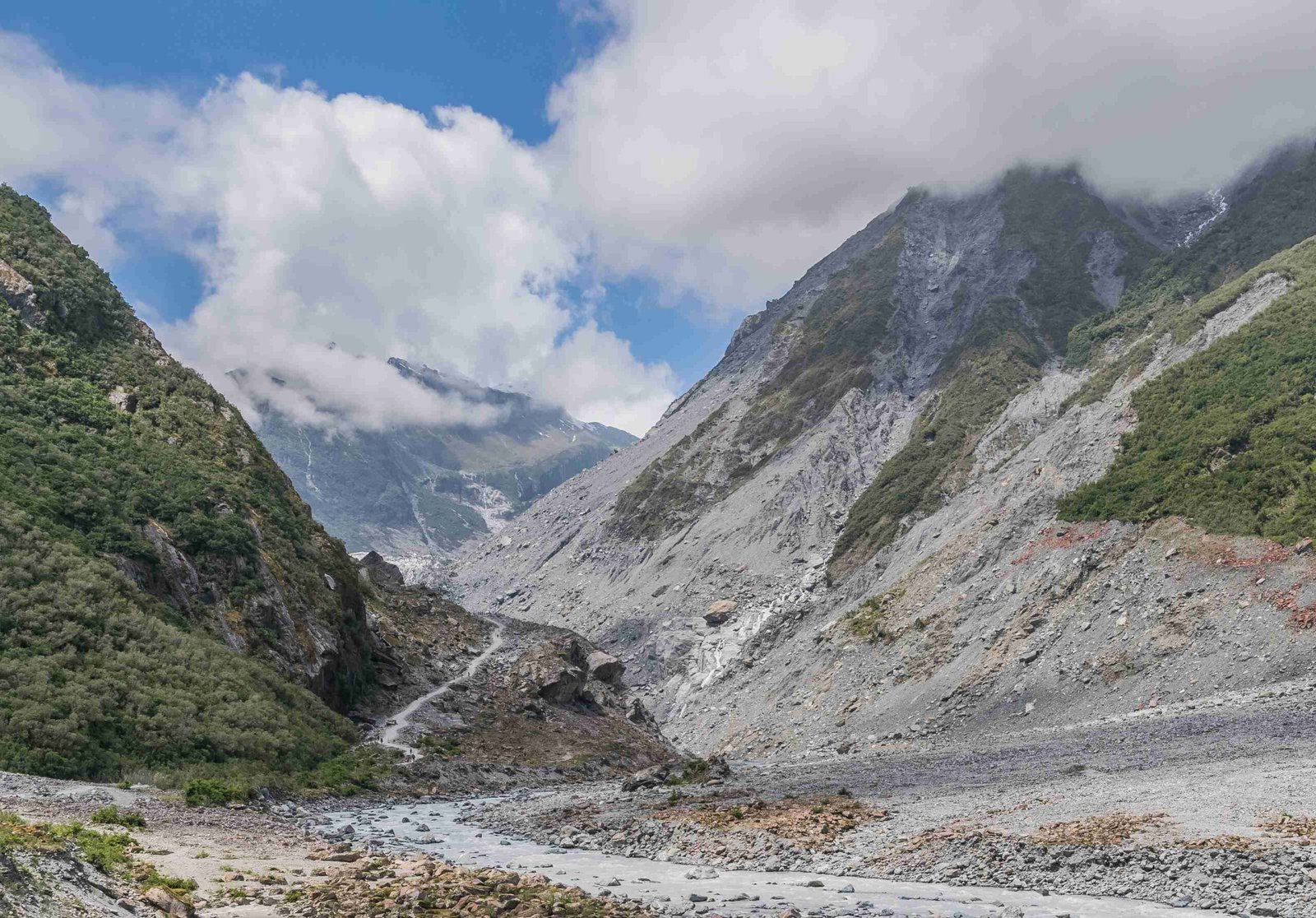Early season climbs in Glacier National Park offer a unique and challenging experience for adventurous mountaineers. From late May to early June, climbers can expect snow-covered peaks, unstable weather conditions, and the need for specialized gear. This guide covers popular routes, safety considerations, and essential equipment for tackling Glacier’s majestic peaks during the early season.
What Are the Most Popular Early Season Climbing Routes?

Glacier National Park boasts several iconic climbing routes that attract early season enthusiasts. Here are some of the most popular options:
- Iceberg Peak and Iceberg Lake
- 16-mile round trip
- 600-foot ascent to Iceberg Notch
- Steep descent to Iceberg Lake
-
Requires ice axe and crampons
-
Highline Trail
- Access point for northern climbing areas
- Challenging terrain
-
Stunning panoramic views
-
Swiftcurrent Pass Trail
- Beautiful scenery
- Significant elevation gain
- Last 3 miles often closed in early season
- Potential snowfields and river crossings
What Are the Best Conditions for Early Season Climbing?

Understanding the conditions you’ll face is crucial for a successful early season climb. Here’s what to expect:
- Temperature: Cool, with snow lingering at higher elevations
- Snowpack: Significant, especially above 6,000 feet
- Weather: Variable, with potential for snow, rain, and clear skies
- Road Access: Going-to-the-Sun Road often closed until late June
| Condition | Description |
|---|---|
| Temperature | Cool, especially at higher elevations |
| Snowpack | Heavy, lingering well into July |
| Weather | Unpredictable, ranging from snow to clear skies |
| Road Access | Limited, with major roads often closed |
What Safety Tips Should Climbers Follow?
Early season climbing in Glacier National Park comes with unique risks. Here are essential safety tips:
- Avalanche Awareness
- Check avalanche forecasts
- Avoid steep, snow-covered slopes
-
Be cautious of cornices
-
Rock Fall Precautions
- Wear helmets
- Be alert for loose rock and scree
-
Climb in a staggered formation when in groups
-
Weather Monitoring
- Check forecasts regularly
- Be prepared for rapid weather changes
-
Have a plan for sudden storms
-
Partner System
- Climb with a partner or group
- Assist each other with foot and hand placements
-
Provide mutual support and safety checks
-
Emergency Preparedness
- Carry a satellite phone or personal locator beacon
- Inform rangers of your itinerary
- Pack a comprehensive first aid kit
What Gear Is Essential for Early Season Climbs?
Proper equipment is crucial for safety and success in early season climbs. Here’s a list of essential gear:
- Climbing Equipment
- Ice axe
- Crampons
- Ropes and harnesses
-
Climbing protection (cams, nuts)
-
Clothing
- Base layer (moisture-wicking)
- Insulating layer (fleece or down)
- Waterproof outer layer
-
Warm hat and gloves
-
Safety Gear
- Avalanche transceiver
- Shovel and probe
- Emergency shelter
-
First aid kit
-
Navigation Tools
- Topographic map
- Compass
-
GPS device (with extra batteries)
-
Food and Hydration
- High-energy snacks
- Water purification system
- Insulated water bottles
How Can Climbers Prepare Physically for Early Season Climbs?
Physical preparation is key to enjoying and safely completing early season climbs. Consider the following:
- Cardiovascular Training
- Regular hiking with a weighted pack
- Stair climbing or hill running
-
High-intensity interval training
-
Strength Training
- Focus on leg and core exercises
- Include upper body workouts for ice axe use
-
Practice balance and stability exercises
-
Altitude Acclimatization
- Spend time at higher elevations before your climb
- Gradually increase altitude exposure
-
Stay hydrated and well-rested
-
Technical Skills Practice
- Practice using crampons and ice axe
- Rehearse rope techniques
- Familiarize yourself with your gear before the climb
What Are the Permit Requirements for Early Season Climbs?
Understanding the permit system is crucial for planning your early season climb:
- Backcountry Permits
- Required for overnight stays in the backcountry
- Can be reserved in advance or obtained on a first-come, first-served basis
-
Limited number available, especially for popular areas
-
Day Use Permits
- Not required for day climbs
-
Some areas may have restrictions or closures
-
Entrance Fees
- Park entrance fee required
-
Annual passes available for frequent visitors
-
Special Use Permits
- May be required for certain activities or large groups
- Check with park rangers for specific requirements
How Can Climbers Minimize Their Environmental Impact?
Preserving Glacier National Park’s pristine environment is every climber’s responsibility:
- Leave No Trace Principles
- Pack out all trash
- Use established campsites and trails
-
Properly dispose of human waste
-
Wildlife Considerations
- Store food properly to avoid attracting animals
- Observe wildlife from a distance
-
Never feed wild animals
-
Vegetation Protection
- Stay on designated trails when possible
- Avoid damaging fragile alpine vegetation
-
Use rock surfaces for rest stops instead of vegetated areas
-
Water Source Protection
- Camp at least 200 feet from water sources
- Use biodegradable soap for washing
- Filter or treat all water before drinking
By following these guidelines, climbers can enjoy the challenge and beauty of early season climbs in Glacier National Park while ensuring their safety and preserving the park’s natural wonders for future generations.
References:
1. SummitPost – Glacier National Park, MT : Climbing, Hiking & Mountaineering
2. Will Gadd – Canadian Rockies Climbing Seasons: Ice, Alpine, Rock
3. Mountain Project – Climbing in Glacier National Park, Northwest Region